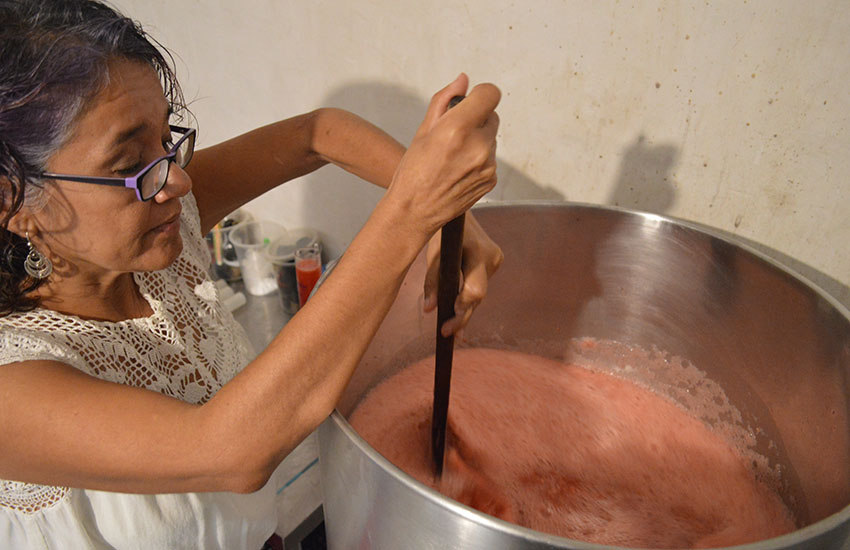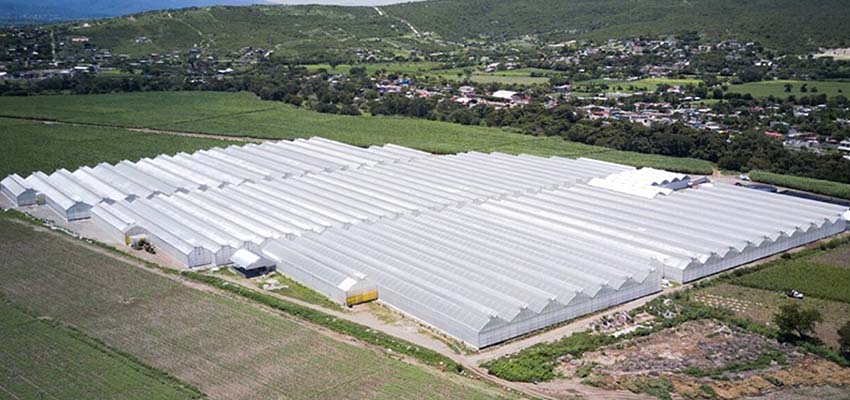Mexico News Daily’s John Pint did a good job discussing the issues related to berry cultivation in Jalisco back in March, but despite the problems, berry cultivation isn’t going anywhere for one compelling reason: money.
Mexico and its cuisine are not traditionally associated with strawberries, raspberries, blackberries and blueberries, but they are not entirely unknown. My first experience with them in Mexico was fresh blackberries being sold on the highway in the spring in México state, as well as blackberry liquor (really cane alcohol with the fruit). I was surprised, but then I realized that the state has an abundance of pine forests.
Blackberries grow wild in a few high forested areas, but berry cultivation in Mexico was almost nonexistent until the late 20th century. This lack of familiarity may account for the wide variety of names used for this category of fruits in Mexican Spanish: baya, frutilla, fruta de bosque, mora and even the English word “berry.”
But as Pint and many others have noticed, this has changed dramatically in the past couple of decades.

The visibility comes with the rise of greenhouses growing raspberries, blackberries and blueberries, with white tarp greenhouses dotting various landscapes. These abound in Michoacán, which is the largest producer of such berries, but berries of all types are grown in 22 of Mexico’s 32 states.
Prime growing areas extend from central into southern Mexico, with some other areas in the northwest and Baja, generally microclimates where the altitude moderates temperature and rain patterns. Right now, 55,000 hectares of land are under berry cultivation, but that number is sure to grow.
Berries as a whole account for only 5% of Mexico’s agricultural production but 11% of its agricultural income. The vast majority are strawberries, but the most profitable by far are raspberries, blueberries and blackberries.
This has gotten the attention of many local, state and federal agricultural agencies, and the establishment of a producers’ group, the National Association of Berries (Aneberries).

Strawberries have been grown in Mexico for some time, with Mexico now producing 10% of the world’s supply. They are an important part of the economy of southern Guanajuato, with the city of Irapuato holding a strawberry fair each spring.
But the cultivation of other berries, especially raspberries, has a much higher profit margin and less price fluctuation since they have long been prized in the northern cultures in the United States, Canada and Europe. Their demand has only risen with studies touting their antioxidant content and their benefits to the immune system.
The U.S. had long produced its own fruit, and it is still the main producer of blueberries worldwide. But climate conditions in most of the country mean a short season in the spring. Mexico has a huge advantage in that it can produce berries in the fall, winter and spring, with many Mexican farmers managing their harvests to happen in winter, when prices are highest.
Mexico not only has climatic advantages it also has logistical ones: it’s located next to the world’s largest berry market, the United States. It is also much better located for shipment to Europe and even Asia than its main Latin American competitors, Peru and Chile. Lower labor costs is also an advantage.

The recent explosion in production and export is due to free trade agreements starting with NAFTA in 1994. Just one year prior, only 13,000 tons of strawberries left Mexico for the U.S., and none of the other berries, and only a minuscule amount of blueberries, were grown in Puebla.
Exports really took off after 2005. By the end of 2022, Aneberries anticipates the export of over 584,000 tons of berries from Mexico, earning US $3 billion. That would make berries Mexico’s third most important food export after beer and avocados.
All berry production is rising, but raspberries are by far the most popular, bringing in more than US $3 billion annually. Blueberry production remains very small, but it is the fastest growing, rising from 29,000 tons to 50,000 tons from 2016 to 2020. Berry fields and greenhouses are replacing corn in states like Michoacán and Jalisco. This is leading to a mutual dependence developing between Mexico and the U.S., an exchange of berries and other fruit for corn.
Despite environmental and socioeconomic concerns, there seems to be no end in sight to the Mexican berry industry’s growth. There is still a large gap between the demand for berries and worldwide production, as consumers are more than happy to see these formerly seasonal treats available almost year-round and at better prices. Those white greenhouses will continue to pop up in moist, temperate microclimates in Mexico, which, yes, are a kind of blight on the landscape.
Leigh Thelmadatter arrived in Mexico 18 years ago and fell in love with the land and the culture in particular its handcrafts and art. She is the author of Mexican Cartonería: Paper, Paste and Fiesta (Schiffer 2019). Her culture column appears regularly on Mexico News Daily.
